How to use the rule of thirds in art
The rule of thirds will elevate your composition, whatever your subject matter. This is how to use it effectively.

The rule of thirds dictates that if you divide any composition into thirds, vertically and horizontally, and then place the key elements of your image along these lines or at the junctions of them, the arrangement achieved will be more interesting, pleasing and dynamic.
This rule is used frequently by photographers, but also painters and artists, who use the rule of thirds mostly for landscapes. However, it also works for a variety of other subject matter including still lifes, figures and even portraits.
Learning about rules such as this (and the Golden Ratio, of course) will improve your art and design. If you want more input, check out our roundup of top how to draw tutorials, and this guide to the painting techniques you need to know about.
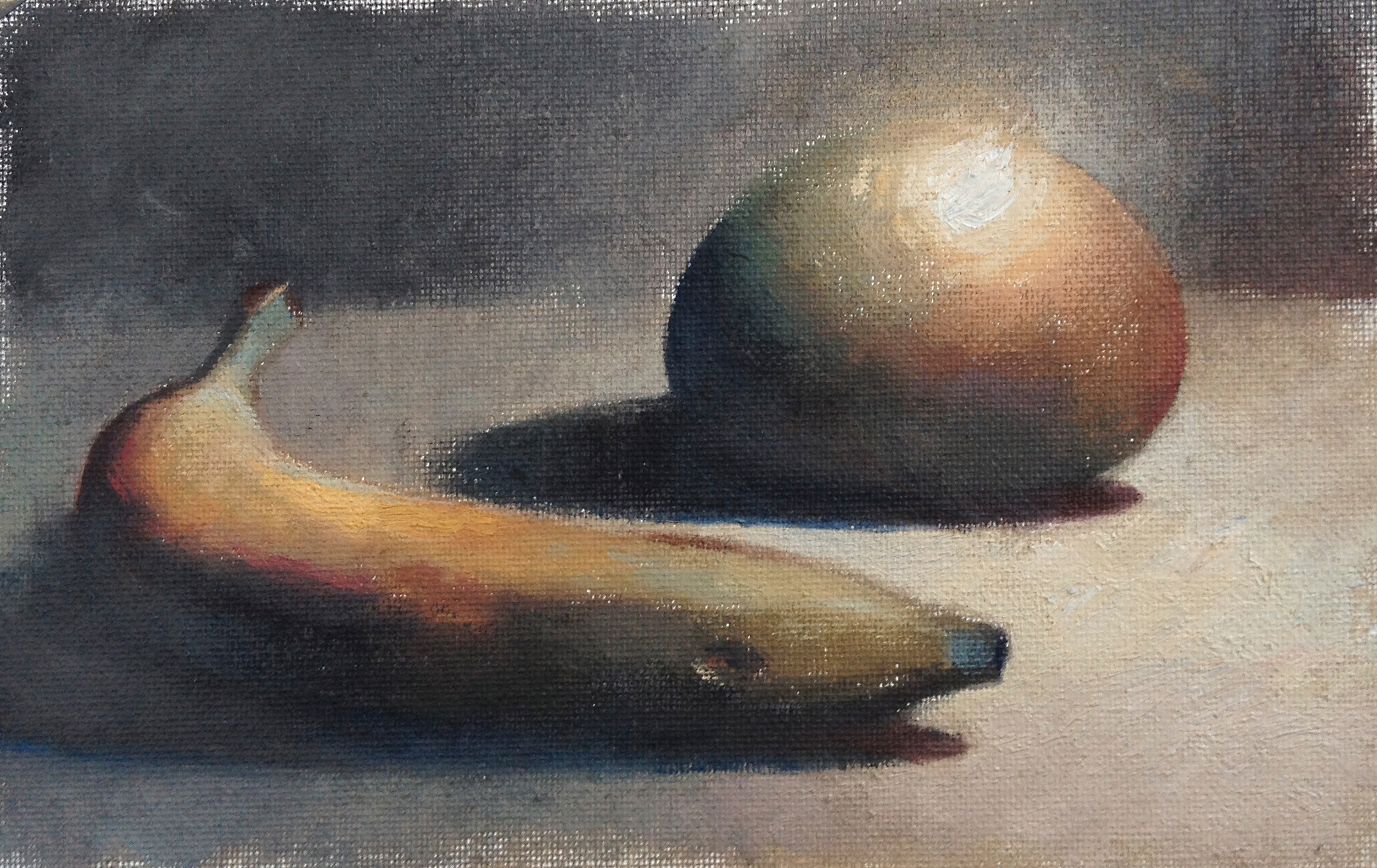
The rule of thirds gives you a guide for placing focal points. If you design your focal points according to the intersections of any of the nine rectangles, your picture will have the counterbalance needed to make the composition more interesting and more compelling.
You can also design other elements in the picture to lead the eye from one of the focal points to the other, and use the corners to bring the viewer into the picture or keep the eyes moving back into picture again. This kind of eyeflow adds movement and life to any composition.
On this page, we'll look at how artists have used the rule of thirds to create dynamic compositions.
01. Origins of the rule of thirds
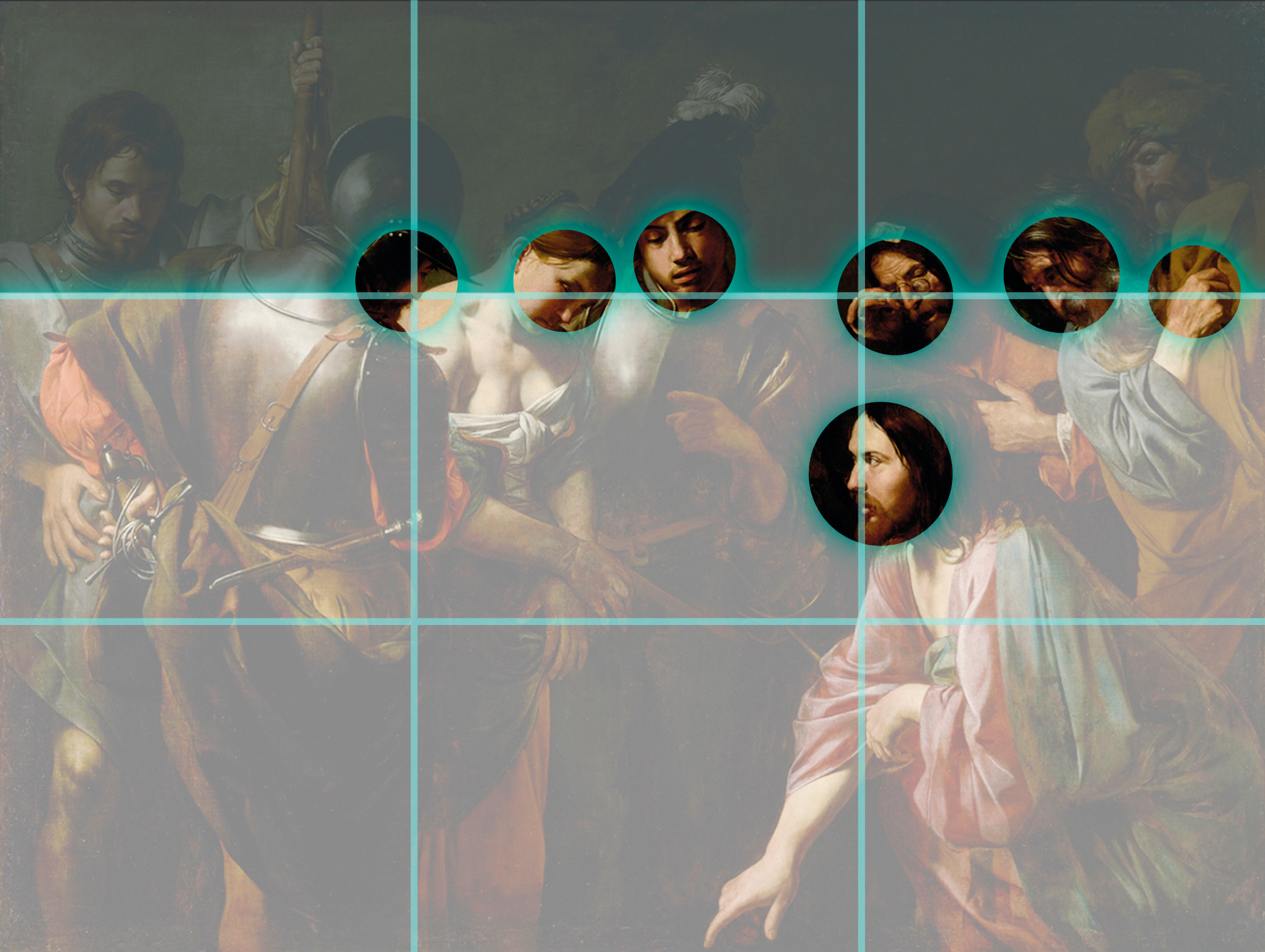
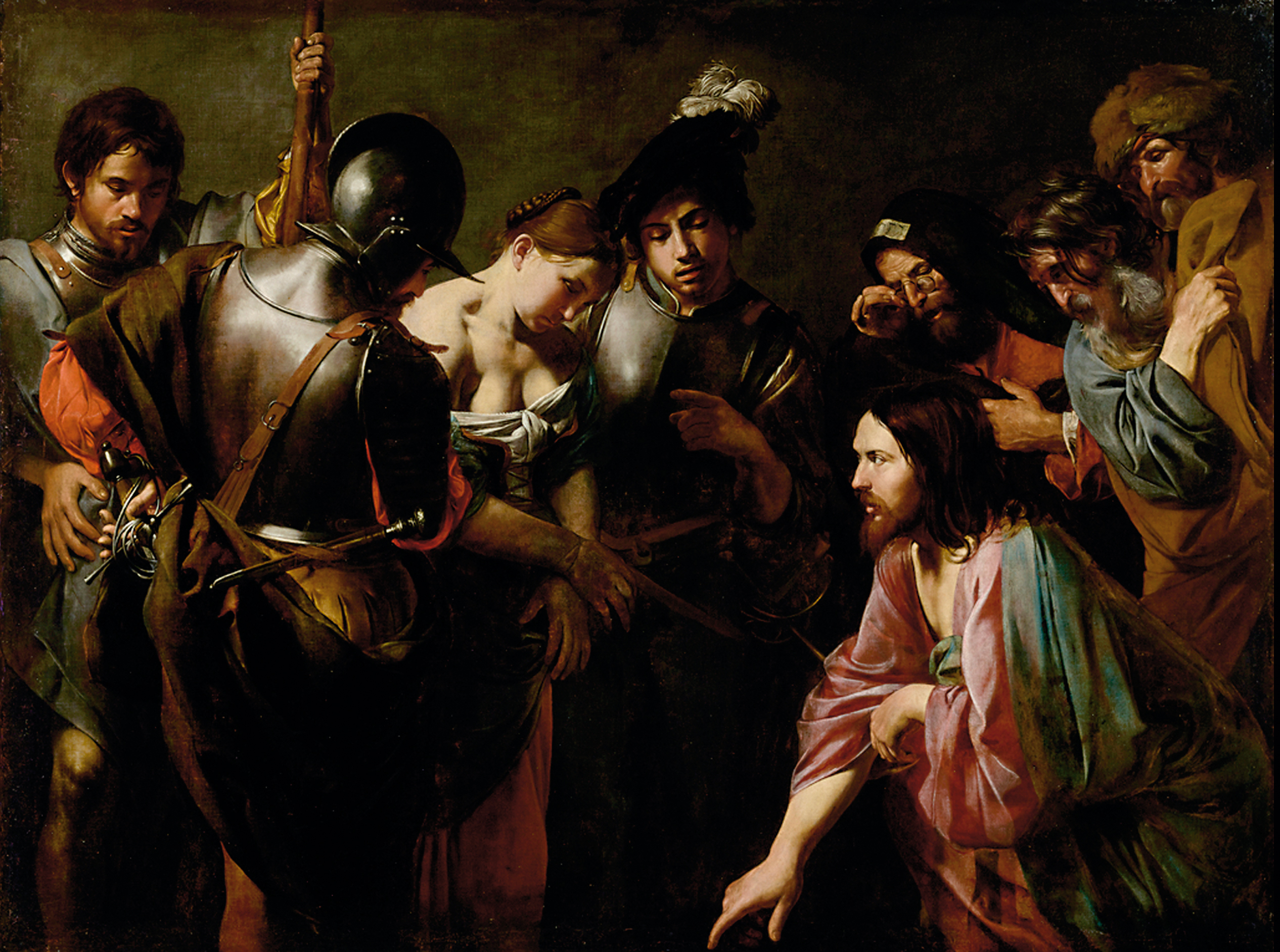
The rule of thirds is a compositional guideline. Its origins go back to classical and Renaissance paintings, but it is mostly known as a compositional tool used by photographers. This painting by Valentin de Boulogne shows how the main characters are all placed on the upper dividing line, creating a dynamic arrangement of figures.
Daily design news, reviews, how-tos and more, as picked by the editors.
02. The rule of thirds in landscapes

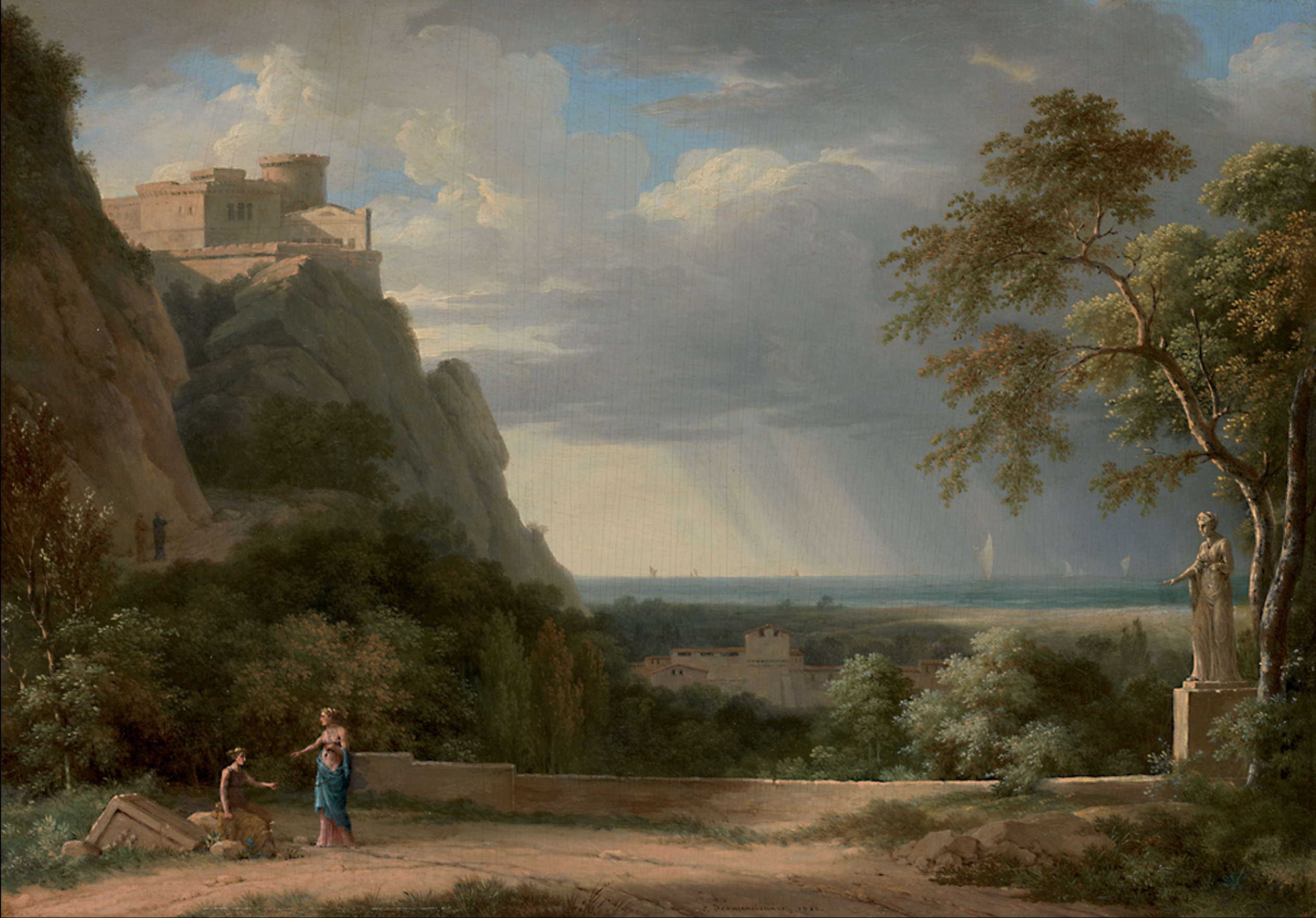
The rule of thirds is mostly known as a tool for composing landscapes. In this painting by Pierre Henri de Valenciennes, the horizon is placed in the lower thirds, and the large mass of mountains and scenery is placed in the left section, to create a more dynamic scene.
03. The rule of thirds for asymmetric compositions

The main function of the rule of thirds is to help create asymmetric compositions. If the elements in a picture are centred and too balanced, it becomes boring. If the images are offset using the rule of thirds, the asymmetry and counterbalance of elements creates a much more dynamic picture.
04. Place focal points with the rule of thirds
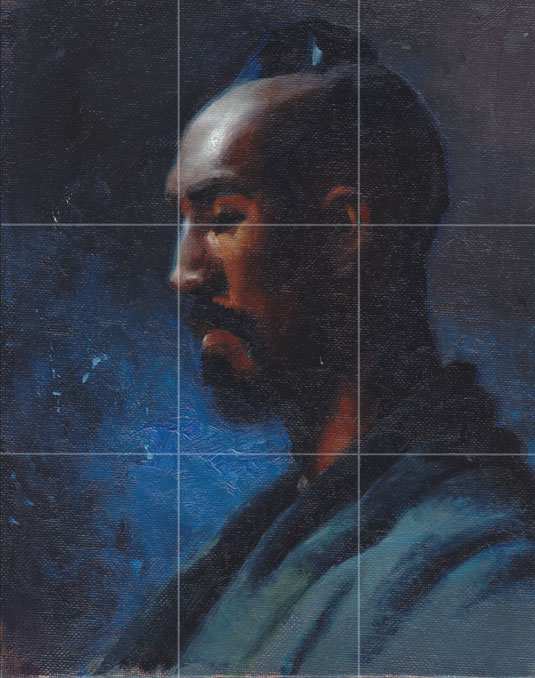
Another great way to use rule of thirds is to help place focal points. In this portrait painting, the eyes fall on the upper horizontal line and leads to the second focal point in the ear. Other points of interest such as the warm triangle of light also fall on an intersection of guidelines.
05. Guide eyeflow with the rule of thirds
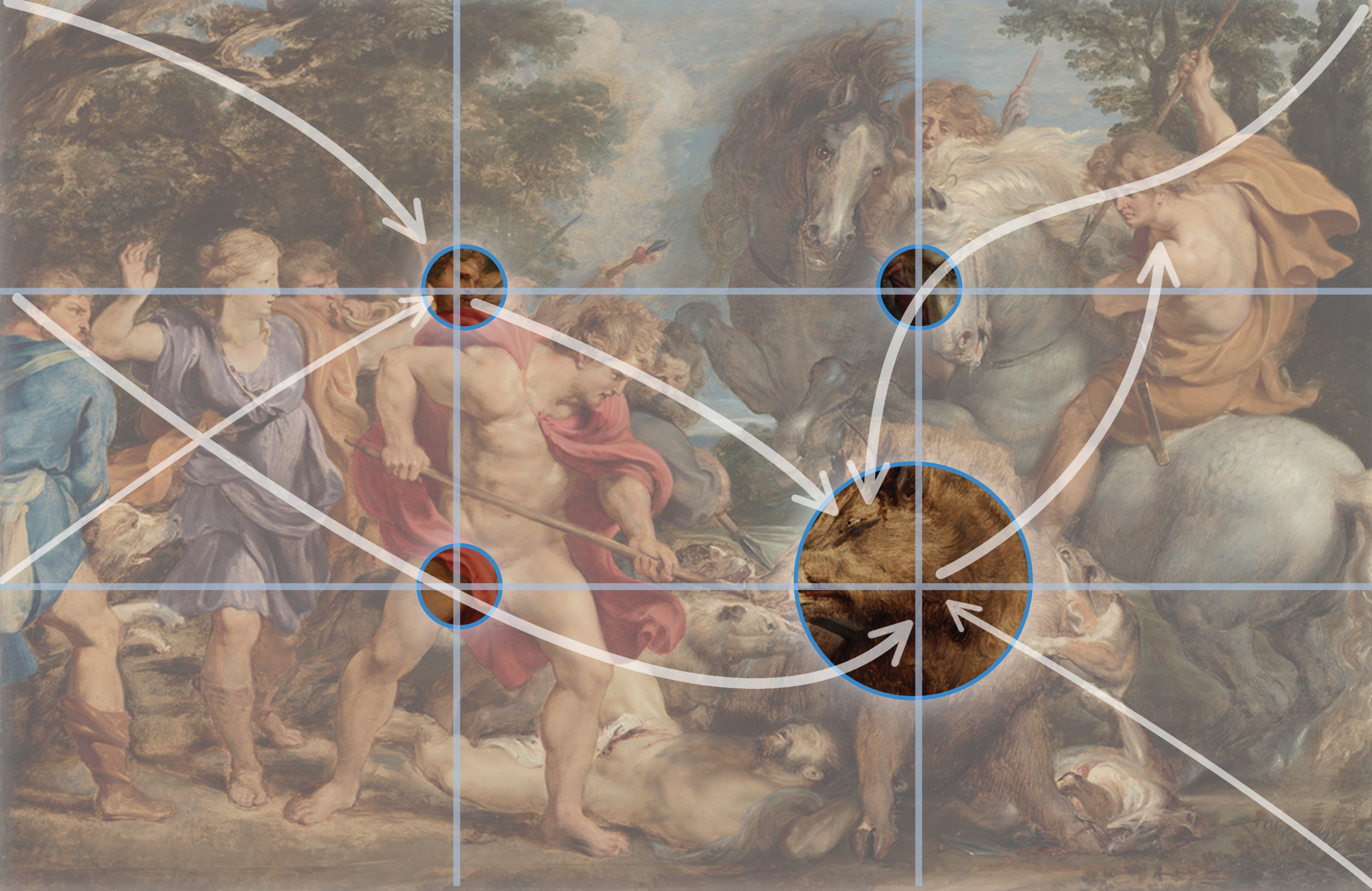

Eyeflow is another great use of the rule of thirds. In this painting by Rubens, the main focal point of the boar is placed at an intersection. Secondary points of interest fall on intersections as well and the action of the poses lead the eye from one focal point or intersection to another.
Next page: How to use the rule of thirds in your artworks (in three quick demonstrations)
- 1
- 2
Current page: Traditional art and the rule of thirds
Next Page How to use the rule of thirds in your art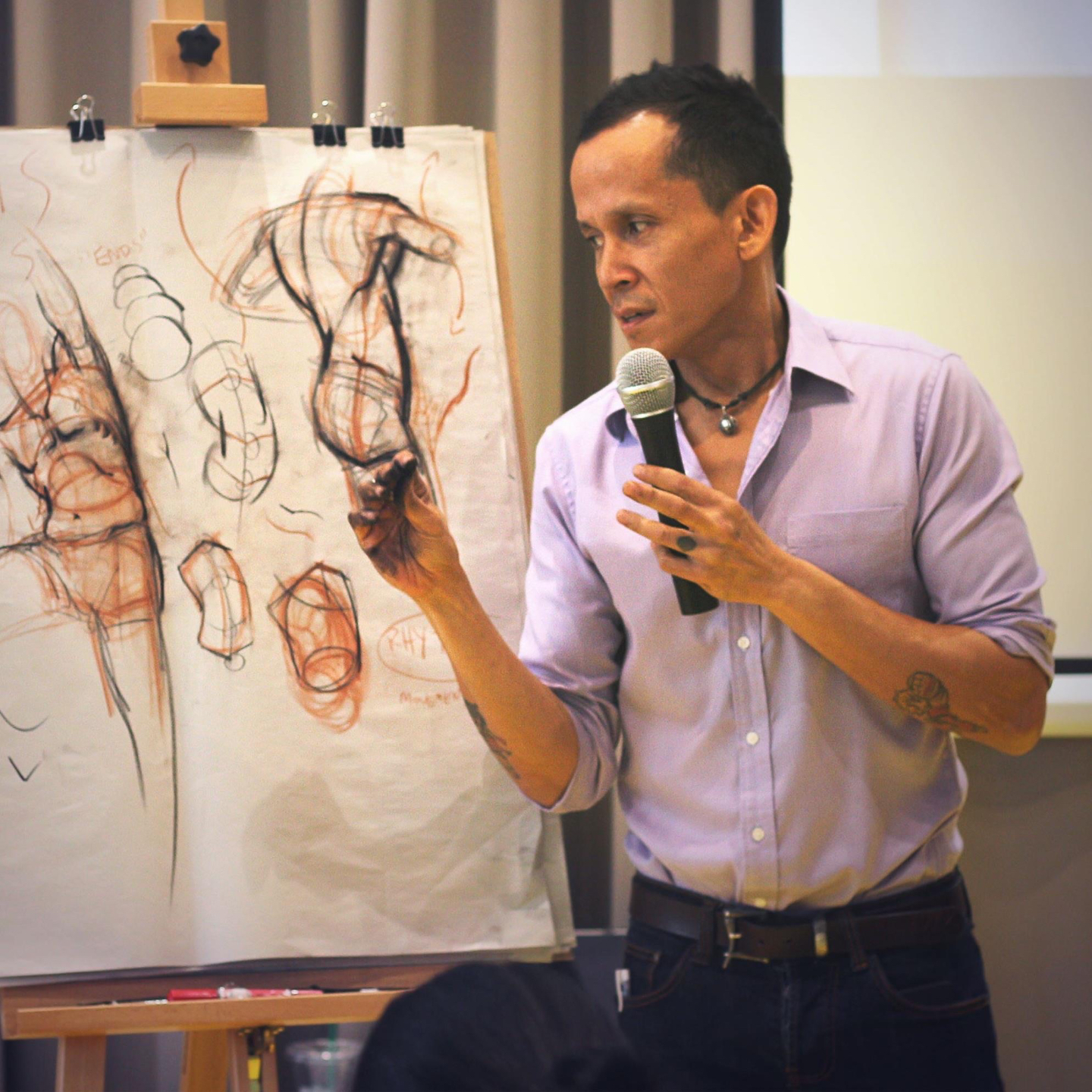
Chris is obsessed with figure drawing and painting. He loves sharing great information on art, picture-making and topics like which paint brush to use.
